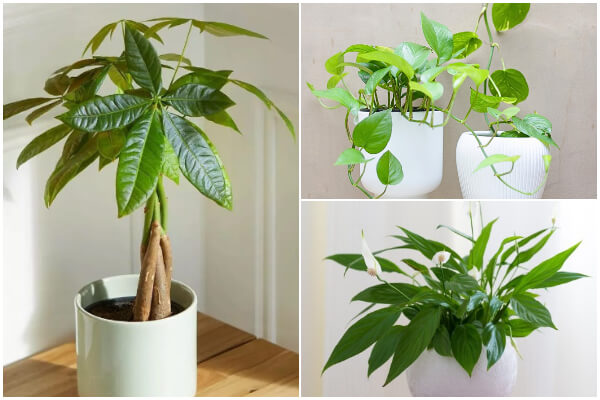Winter often brings shorter days, lower temperatures, and a lack of sunlight, all of which can lead to feelings of lethargy and even seasonal affective disorder (SAD). While these challenges may seem daunting, introducing houseplants into your home can be a natural and effective way to uplift your mood and improve your indoor environment. Below, we explore eight houseplants that are not only aesthetically pleasing but also excellent for combating the winter blues.
1. Snake Plant (Sansevieria)
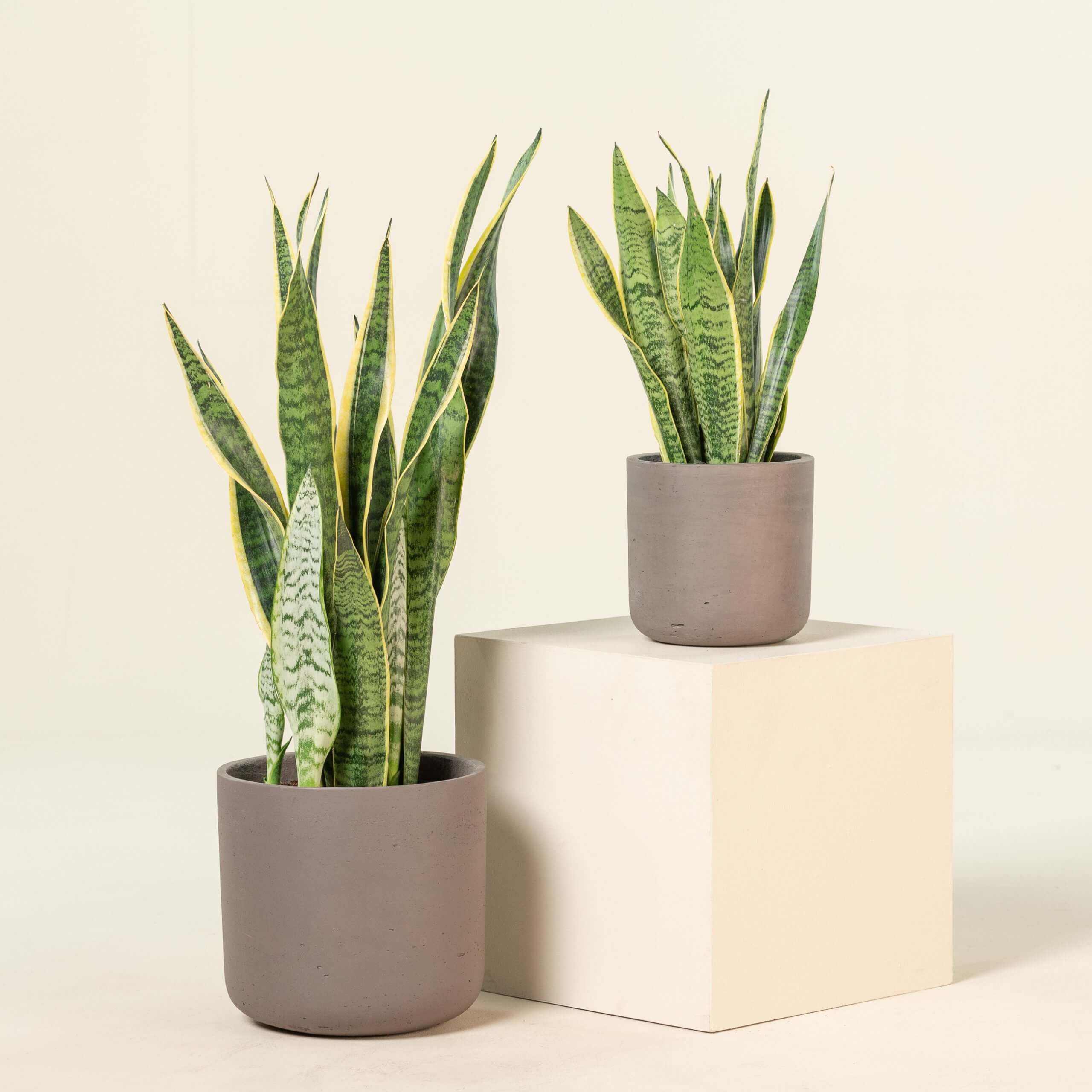
The snake plant, often called mother-in-law’s tongue, is a hardy houseplant that thrives in various conditions. Its upright, sword-like leaves are perfect for adding vertical interest to your home. Snake plants are incredibly easy to care for, requiring only occasional watering and tolerating low-light conditions—ideal for the darker days of winter. They are also known for their air-purifying properties, removing toxins like formaldehyde and benzene from the air.
Care Tips:
- Place in indirect light but avoid direct sunlight.
- Water sparingly, allowing the soil to dry out between waterings.
- Avoid overwatering, as it can cause root rot.
2. ZZ Plant (Zamioculcas zamiifolia)
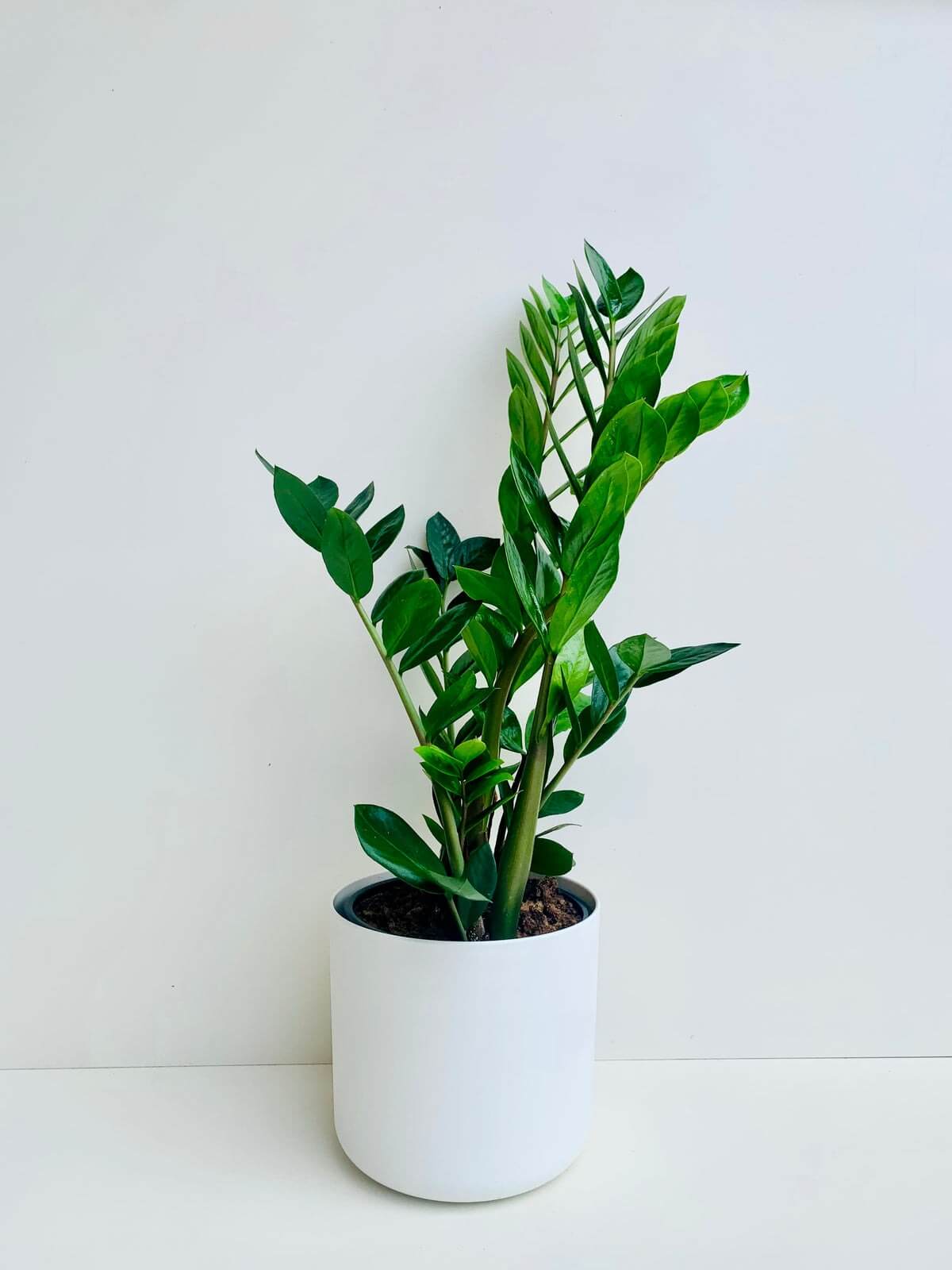
The ZZ plant is a low-maintenance beauty known for its glossy, dark green leaves that add a touch of elegance to any room. This plant is drought-tolerant and can thrive in low-light conditions, making it perfect for winter when natural light is scarce. Its resilience and ability to improve air quality make it a favorite among indoor gardeners.
Care Tips:
- Place in a low- to medium-light area.
- Water only when the soil feels dry to the touch.
- Dust leaves occasionally to maintain their shine.
3. Golden Pothos (Epipremnum aureum)
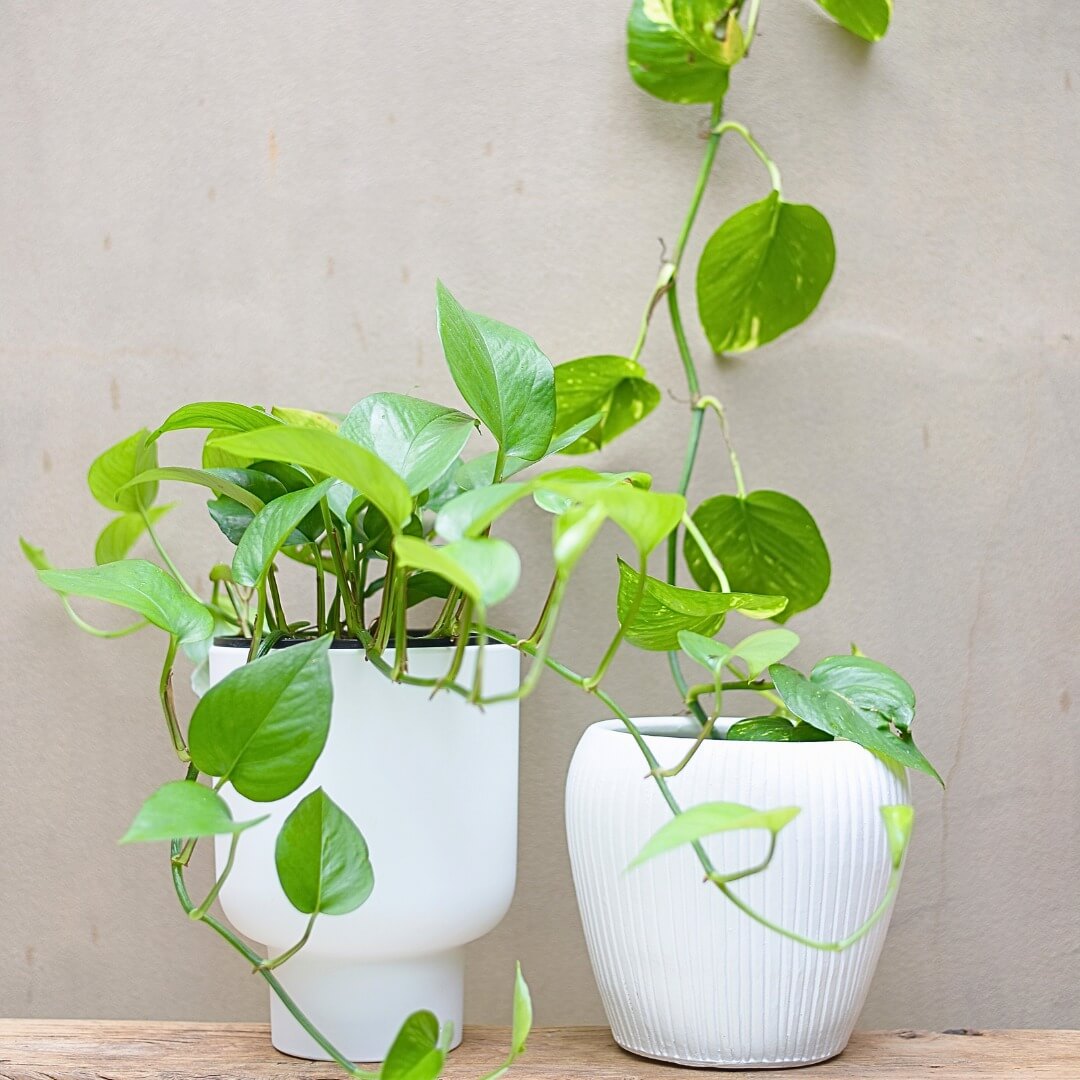
Golden pothos, also known as devil’s ivy, is one of the easiest plants to grow indoors. Its trailing vines and vibrant green-and-yellow leaves can brighten up any dull corner of your home. Golden pothos is also excellent at removing indoor air pollutants, making it both a decorative and functional choice for the winter season.
Care Tips:
- Tolerates low to bright indirect light.
- Water when the top inch of soil is dry.
- Prune regularly to encourage bushier growth.
4. Parlor Palm (Chamaedorea elegans)
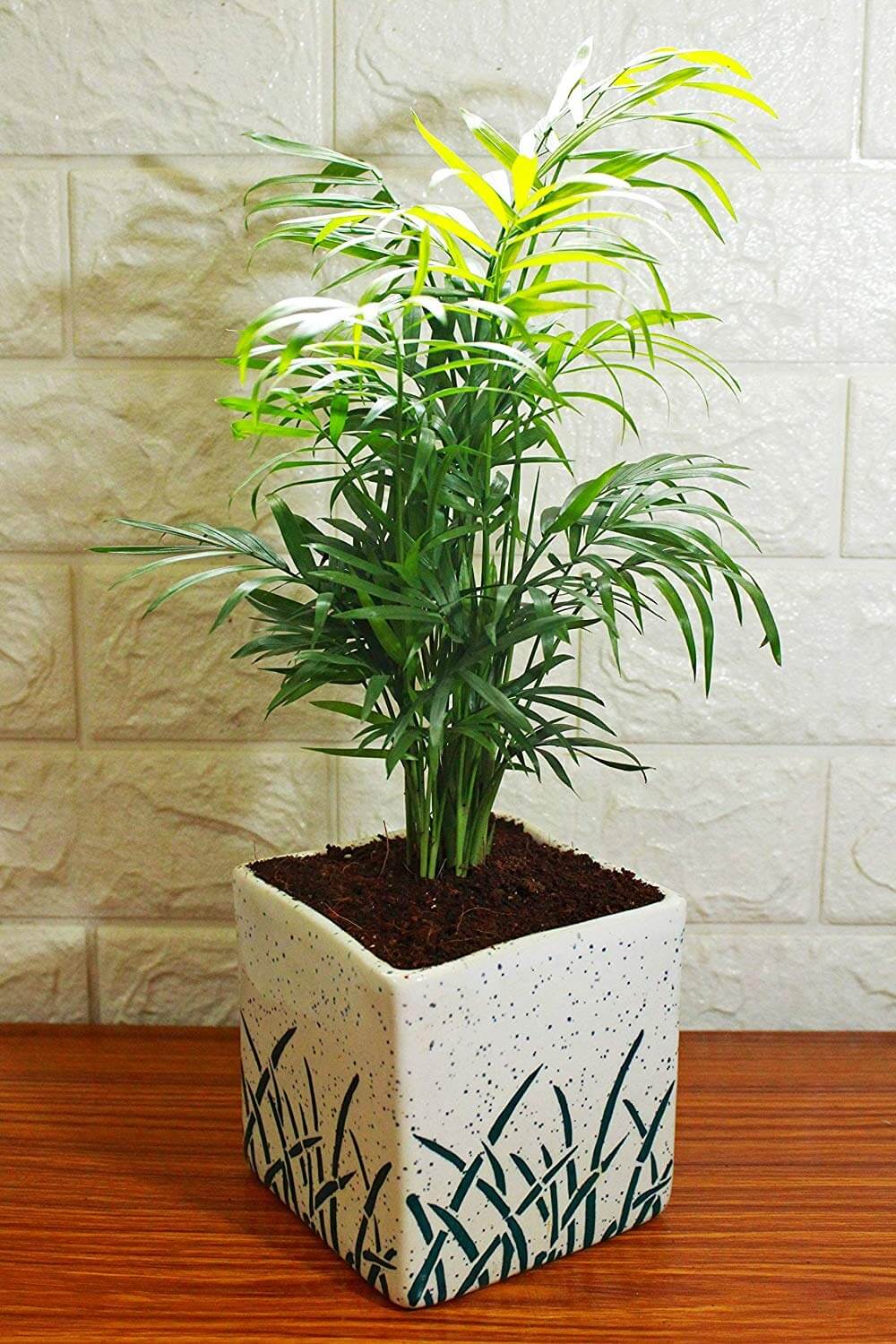
The parlor palm is a classic indoor plant that brings a tropical vibe to your living space. It is slow-growing and can adapt well to low light and cooler indoor temperatures. Its arching fronds create a soothing, lush aesthetic that can help reduce stress and enhance your mood during the winter months.
Care Tips:
- Keep in a location with filtered light.
- Water when the soil is slightly dry.
- Mist occasionally to maintain humidity.
5. Money Tree (Pachira aquatica)
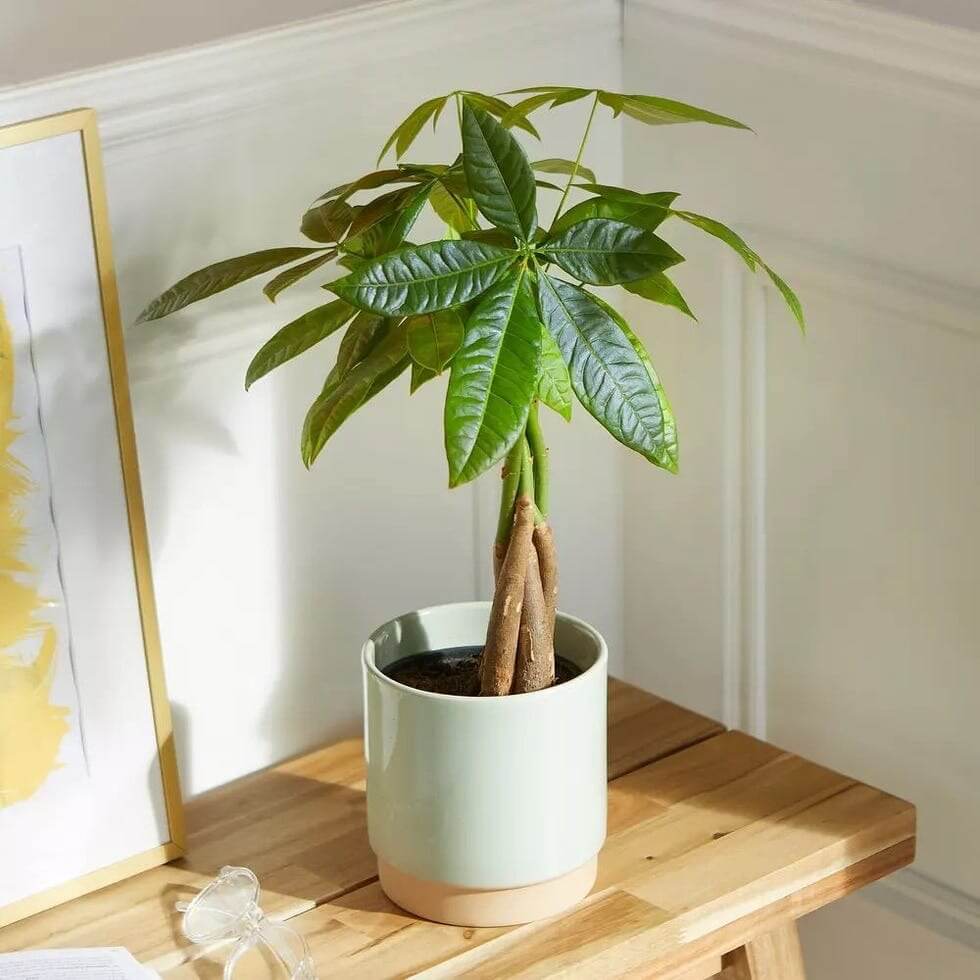
Symbolic of good luck and prosperity, the money tree is a popular houseplant that can brighten up your winter days. Its braided trunk and vibrant green leaves make it a visually appealing addition to any space. This plant is also known for its ability to filter toxins from the air.
Care Tips:
- Place in bright, indirect light.
- Water every 1-2 weeks, ensuring the soil remains moist but not soggy.
- Rotate the plant occasionally for even growth.
6. Bromeliad (Bromeliaceae)
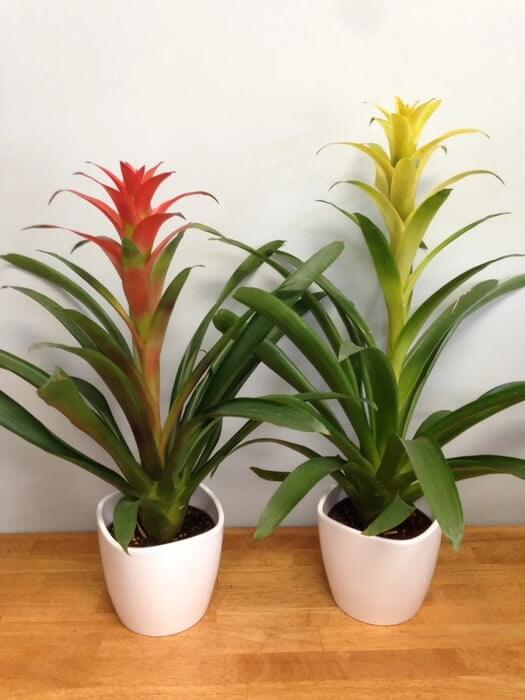
For a pop of color during the gray winter months, consider adding a bromeliad to your indoor garden. These tropical plants are known for their bright, long-lasting blooms and unique foliage. Bromeliads thrive in indoor environments and require minimal care, making them a great choice for beginners.
Care Tips:
- Place in bright, indirect light.
- Water the central cup (tank) of the plant and keep the soil slightly moist.
- Avoid overwatering to prevent root rot.
7. Peace Lily (Spathiphyllum)
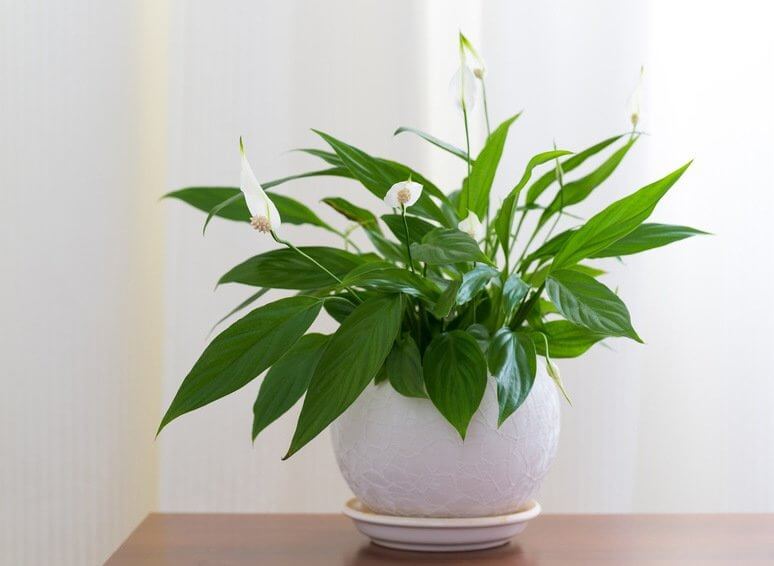
The peace lily is renowned for its elegant white blooms and lush green leaves. It is a low-maintenance plant that thrives in low-light conditions, making it perfect for winter. Peace lilies are also excellent air purifiers, helping to create a healthier indoor environment.
Care Tips:
- Keep in a shaded or low-light area.
- Water when the topsoil feels dry, but avoid letting the plant sit in standing water.
- Wipe leaves occasionally to remove dust.
8. Spider Plant (Chlorophytum comosum)
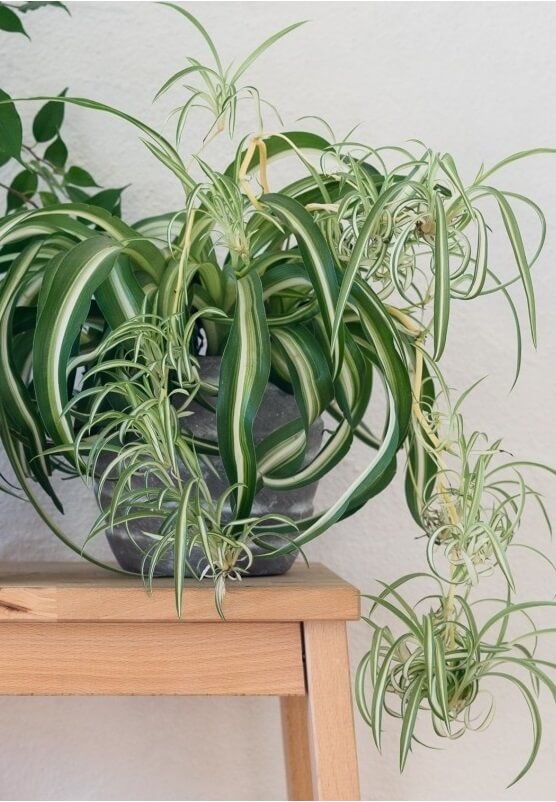
Spider plants are easy to grow and highly adaptable, making them a favorite among houseplant enthusiasts. Their arching green-and-white striped leaves add a lively touch to your decor, and they are excellent at removing airborne toxins. Spider plants also produce small offshoots, or “spiderettes,” that can be propagated easily.
Care Tips:
- Place in bright, indirect light.
- Water moderately, allowing the soil to dry slightly between waterings.
- Trim any brown tips to keep the plant looking healthy.
Benefits of Houseplants in Winter
Bringing houseplants into your home during winter not only elevates the aesthetic appeal of your living spaces but also delivers a host of health and wellness benefits that can significantly enhance your quality of life. Winter is often associated with dry air, limited daylight, and a drop in mood—challenges that houseplants can help address in natural and impactful ways.
- Improved Air Quality
Many houseplants are natural air purifiers, capable of filtering out harmful toxins such as formaldehyde, benzene, and carbon monoxide from your indoor environment. Plants like peace lilies, snake plants, and spider plants are especially effective at improving air quality, making your home a safer and more pleasant place to be during the colder months when windows are often kept shut.
- Increased Humidity
Indoor heating systems, while keeping us warm, tend to dry out the air, leading to issues like dry skin, irritated sinuses, and respiratory discomfort. Houseplants release moisture into the air through a process called transpiration, where water evaporates from their leaves. By adding plants like parlor palms or bromeliads, you can naturally increase the humidity levels in your home and maintain a more comfortable indoor atmosphere.
- Boosted Mood and Mental Well-being
The presence of greenery in your home has been shown to reduce stress, enhance focus, and boost overall mood. Bright, vibrant foliage and the act of nurturing plants can help combat feelings of isolation or sadness, which are common during the winter months. Research indicates that being around plants and engaging in plant care can stimulate the release of endorphins, promoting relaxation and happiness. Plants like golden pothos or ZZ plants are particularly uplifting, thanks to their lush, vibrant appearance and low-maintenance nature.
- Enhanced Connection to Nature
Winter often limits our opportunities to spend time outdoors, leaving many of us craving a connection to nature. Houseplants help bridge this gap by bringing the beauty and tranquility of the natural world inside. Whether it’s the tropical elegance of a parlor palm or the cheerful blooms of a peace lily, these plants create a serene and inviting environment that keeps you grounded and inspired.
By incorporating a variety of houseplants into your living space, you not only beautify your home but also create a sanctuary of wellness and comfort. Whether you’re looking to improve air quality, increase humidity, or simply add a touch of greenery, houseplants are the perfect solution to beat the winter blues and foster a healthier, happier indoor environment.

